Septic tanks are a vital component of any household not connected to centralized city sewer systems, providing a practical and effective solution for the management and treatment of household wastewater.
Coming in a variety of sizes and materials, proper installation is crucial for the longevity and efficiency of your system.
This article provides an overview of septic tanks and breaks down the significant factors contributing to installation costs, such as tank size and type, permits, site preparation, and labor.
By laying out the steps involved in the installation process and comparing different types of tanks, readers can make informed decisions based on their individual needs and specific circumstances.
Furthermore, this text will also offer practical advice on potential cost-saving strategies when undertaking these projects.
The cost of septic tank installation varies widely based on factors such as tank size, location, soil conditions, and labor rates. On average, septic tank installation can range from $3,000 to $7,000 or more.
Overview of Septic Tanks
A septic tank
A septic tank is an underground chamber made of concrete, fiberglass, or plastic, used in rural and suburban areas where centralized sewage systems are not available. It forms the heart of an individual septic system by treating wastewater from homes.
The tank operates by separating and breaking down solid wastes, while the effluent drains to the drain field. The process leverages bacteria to dissolve the solids into liquids that can be environmentally safe.
A septic system
A septic system is necessary where properties do not have access to public sewer lines.
It allows for the safe disposal of wastewater, reducing the risk of diseases from untreated sewage and protecting the environment.
The primary components of a standard septic system include the tank itself; the inlet and outlet pipes; the drain field, which is a subsurface wastewater disposal area; and the soil, which naturally filters and treats the wastewater before it rejoins the groundwater system.
An Overview of Septic Tank Installation Costs
The process of installing a septic tank comprises various details that have long-term implications for both functionality and cost.
Careful consideration of factors such as the type of tank, inclusion of manhole covers, pipe installations, possible permits, site excavation and labor costs is essential to prevent environmental and financial repercussions down the line.
You should also plan for a drain field if needed, and any post-installation landscaping requirements. It’s worth noting that prices can fluctuate wildly due to the preferred tank size, the complexity of the installation site, or specific local ordinances.

Cost Factors For Septic Tank Installation
Key Price Influencers for Septic Tank Installation
Multiple factors may dramatically sway the total cost of your septic tank installation. One such element is the size of the tank itself.
As the tank’s size increases, so do the materials and labor needed, potentially necessitating specialized equipment, thus hiking up costs.
Even the material of the tank itself can dictate the final tally. For instance, septic tanks made of concrete often command a higher price than their plastic or fiberglass equivalents due to their enhanced strength and longevity.
Factors That Affect Septic Tank Installation Costs
There are a multitude of elements that collectively determine the total fee for septic tank installation.
Among these factors are the tank’s size, material, and several other associated costs. Firstly, local permits and inspections are typically required and carry individual charges.
These include application costs, inspection fees, and in some cases, expenses for connecting to the local sewage system. Site preparation, which includes clearing the area, testing and possibly modifying the soil, and excavation work, essentially contributes to the overall cost as well. Last but certainly not least, labor, which constitutes executing the actual digging, placing the tank, and linking it to the house’s plumbing, can make up a large portion of the final invoice.
The complexity of the task will often define how many days a team of professionals will need to complete the installation.

Steps In The Installation Process
The Procedure of Septic Tank Installation
The process of setting up a septic tank kicks off with the crucial steps of obtaining the necessary permits and permissions, which usually involves a soil percolation test to analyze the absorption capacity of the soil in the proposed installation area. Once the chosen site receives approval, the excavation of the designated area begins.
The size of the excavated area generally corresponds to the size of the tank, which is calculated based on the number of bedrooms in the residence. The excavation phase contributes significantly to the overall costs due to the implications for labor and equipment requirements.
Costs and Installation of the Tank
Once the site has been prepared, the septic tank is installed. Plastic, concrete, or fiberglass tanks are most commonly used. Concrete tanks, due to their resilience and long lifespan, are the most expensive.
No matter the material chosen, the tank needs to be correctly positioned and connected to the house via a series of pipes. After the tank is set, a drain field is created through which effluent from the tank percolates into the soil.
The nature of this drain field construction will depend on local codes and the percolation test results, which can further affect costs.
Post-Installation Testing and Finalization
Once the septic system is successfully set up and the drain field established, it’s crucial to carry out a thorough examination to ascertain the whole system is functioning correctly. Should issues arise during this testing phase, potential extra costs in the form of adjustments and repairs might add up.
The area is afterward backfilled, and the landscaping can be returned to its previous condition. The final cost of septic tank installation hinges on multiple factors such as the tank size, soil type, local regulations, and the complexity of the installation process.

Comparing Different Types of Septic Tanks
Considering Concrete Septic Tanks
Concrete septic tanks come with several advantages, with durability standing out prominently.
With proper attention and maintenance, these tanks can serve for numerous decades. Their significant weight also curtails tendencies of floating. Nevertheless, there lies a risk of developing leaks or cracks if not correctly installed or maintained.
Concrete tanks could also be pricier compared to other alternatives because their size and weight increase labor and installation costs. For example, buying the tank alone could cost anywhere from $1,200 to $2,500, with installation costs incrementing the overall expense.
Plastic Septic Tanks
Plastic septic tanks, on the contrary, are less expensive to purchase and install compared to concrete tanks.
They are lightweight, reducing the cost and labor needed for installation.
These tanks range between $800 and $1,300 in price, proving to be cost-effective solutions in the short term. However, plastic tanks are not as durable as their concrete counterparts and may become damaged over time due to soil pressures, needing replacement more frequently.
Additionally, if not properly anchored, they can float to the surface in areas with high water tables, resulting in added repair costs.
Fiberglass Septic Tanks: An Affordable Option
For those seeking a balance between affordability and durability, fiberglass septic tanks prove a popular choice. Robust than plastic alternatives, though not as much as concrete options, these tanks align with most homeowners’ budget.
Generally, fiberglass tanks cost between $1,600 and $2,000, broadly the same price range as plastic ones but less expensive than concrete models. However, this cost typically excludes installation expenses.
A prudent precaution to protect the longevity of a fiberglass tank is ensuring that no heavyweight vehicles or equipment pass over the area of installation, as fiberglass tanks can suffer damage due to intense pressure.
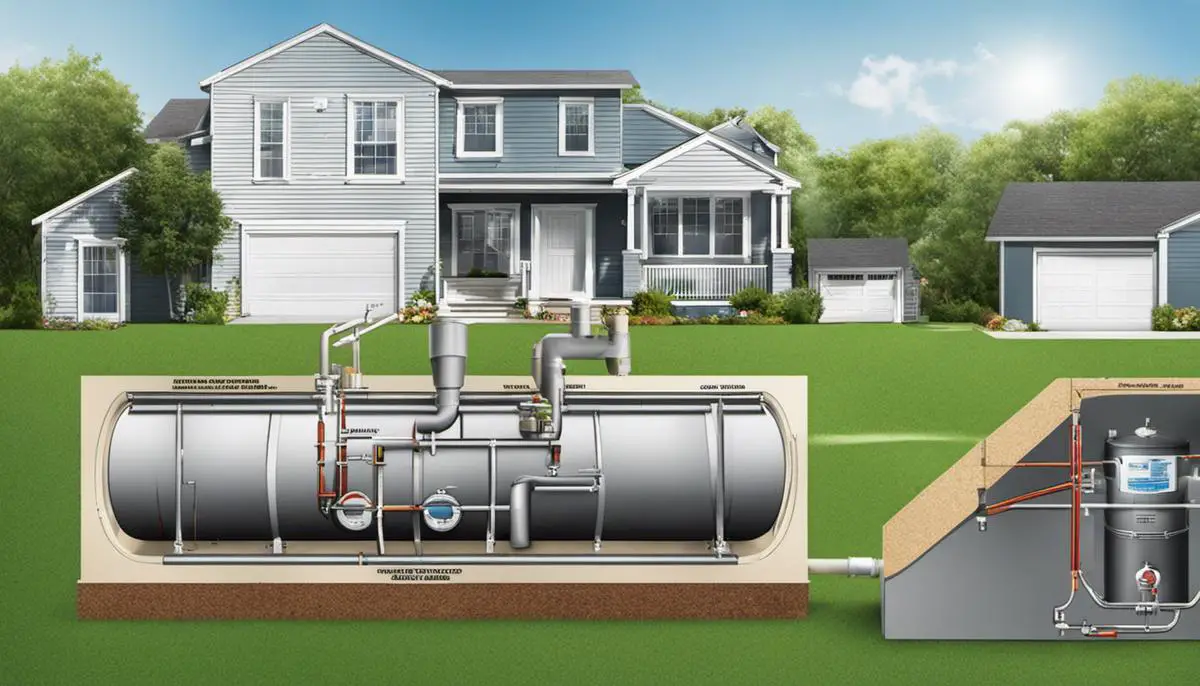
Ways to Save on Septic Tank Installation
Selecting the Right Tank Material and Size: Pivotal Cost Considerations
Intelligent material and size selection of your septic tank can greatly facilitate cost-efficiency in installation.
Tanks are largely constructed from three materials: concrete, fiberglass or polyethylene, each with their unique advantages and drawbacks. While concrete tanks exhibit long-term durability, they tend to be more expensive.
Covertly, lighter fiberglass and polyethylene tanks are more affordable, but may not exhibit similar longevity owing to their susceptibility to degrade over time. When considering the size, it’s advisable to avoid opting for a smaller tank just to cut down on initial costs.
Although larger tanks may seem hefty on your pocket at first, their prolonged intervals between necessary pump-outs can actually result in significant savings in the long run.
Hire the Right Contractor
Another significant factor affecting septic tank installation costs is your choice of contractor.
An experienced and certified septic system installer can suggest the best system for your property, including the correct size and material for your septic tank. Failing to get an accredited installer might lead to poor installation which could result in bigger costs down the line, due to system failures and unnecessary repairs.
Therefore, always compare quotations from a few contractors and consider their experience and reputation alongside price.
Maintain Regularly
Finally, the maintenance of your septic tank system can effectively save you money in the future. A well-maintained septic system is less likely to experience expensive major repairs.
Regular pumping out of your septic tank, typically every 3 to 5 years, is necessary to remove sludge and prevent the system from backing up.
It is also recommended to have a professional inspect the system every year to address minor issues before they become major problems. Prevention and maintenance are much less expensive than having to replace a neglected septic tank system.
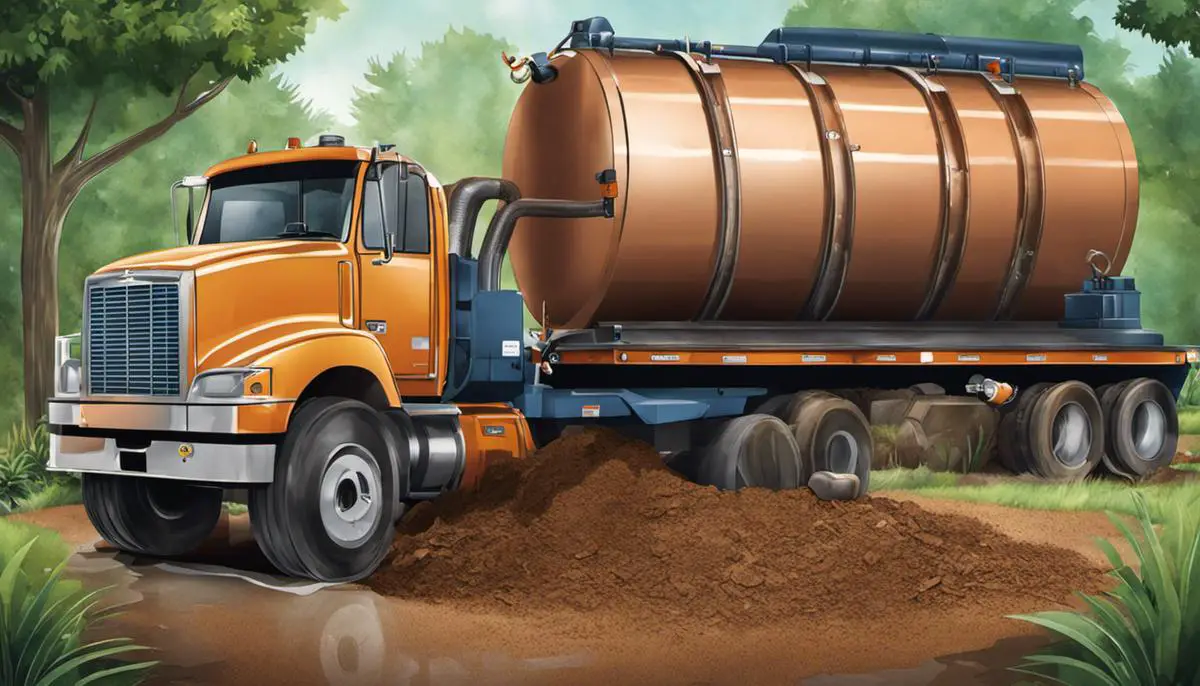
Understanding the intricacies behind septic tank installation, including cost considerations, are pivotal steps for any homeowner or potential homeowner. Knowledge of how components like size, material, permits, site preparation, and labor affect costs will empower you to make the best decision fitting your circumstances. Recognizing the distinctive benefits of the varying septic tank types also assist in tailoring your choices to your individual needs.
Additionally, embracing cost-saving strategies, as highlighted in this article, can indeed make the entire process more economical, without compromising quality. Taking these steps ensures your septic system will serve you effectively for many years.
[WP-Coder id=”9″]




![How to Remove Crystallized Urine [Explained]](https://homepander.com/wp-content/uploads/2022/02/How-To-Remove-Crystallized-Urine.jpg)
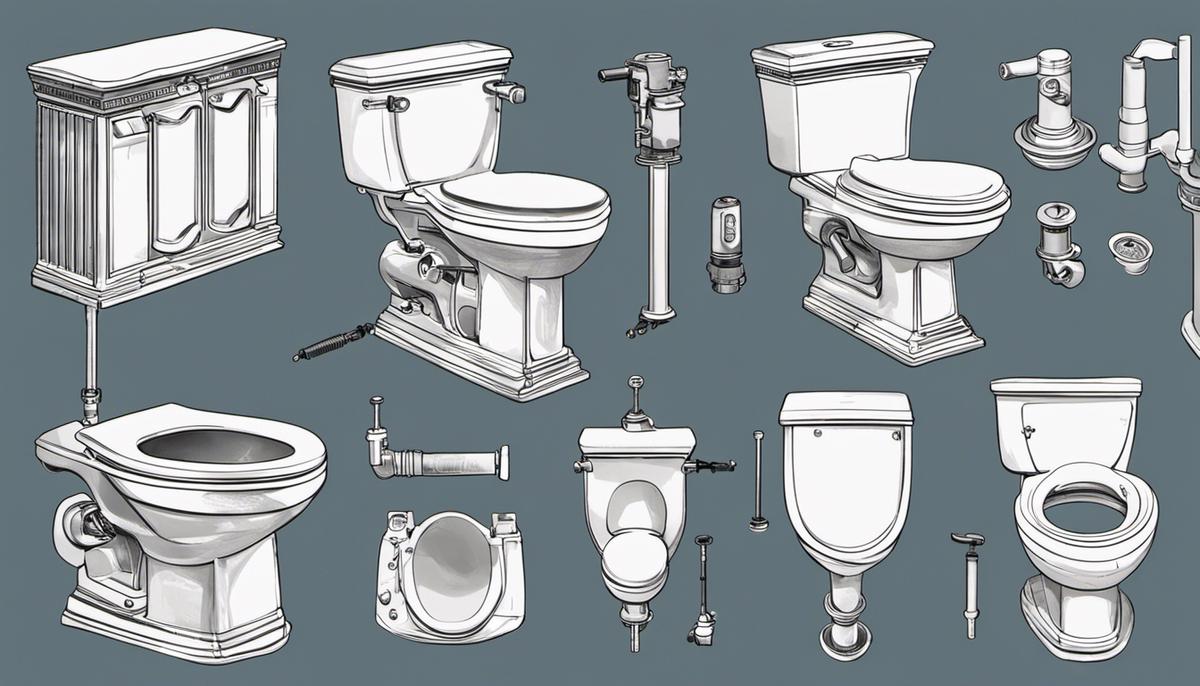
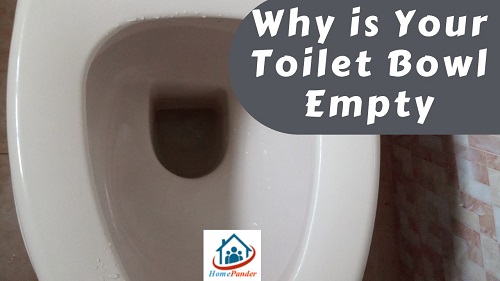

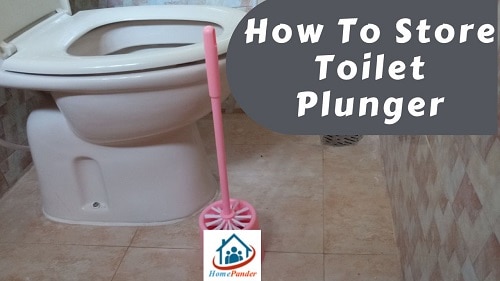
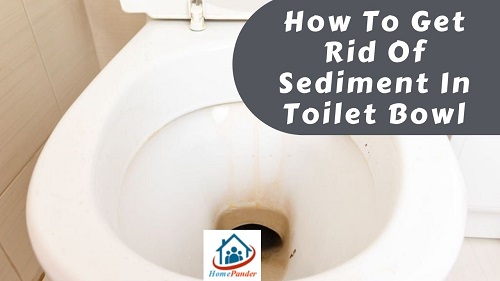
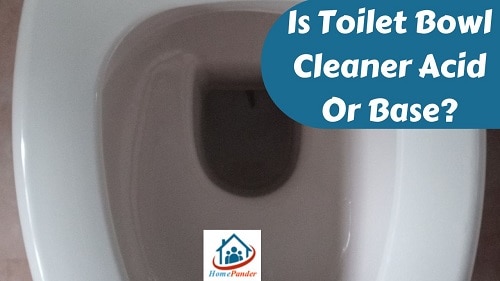
![How To Clean Dark Grout That Has Turned White [5 Easy Ways]](https://homepander.com/wp-content/uploads/2021/12/How-To-Clean-Dark-Grout-That-Has-Turned-White.webp)